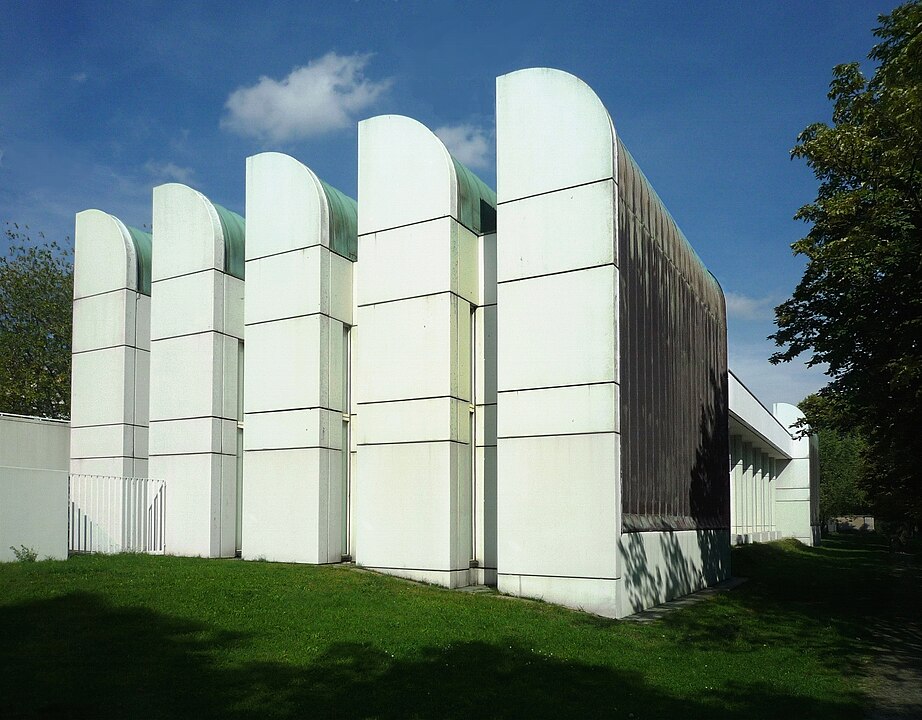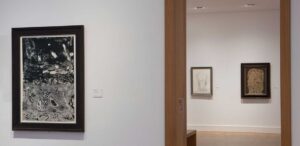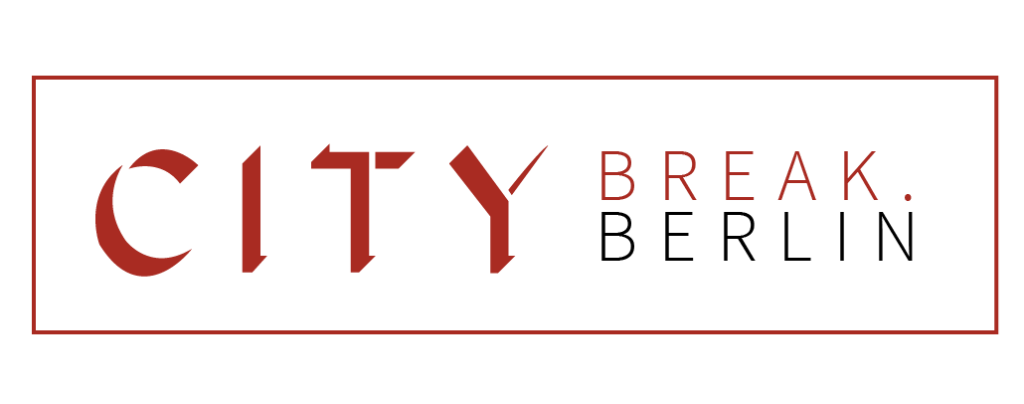Many of you might have heard of the Bauhaus, but what was it exactly and why did it matter so much?
Let’s take a quick look at it to make your visit to Berlin that much more interesting.
A crucial fact about Bauhaus is its birthday, which was in 1919. Germany was reeling from defeat in the Great War and facing waves of revolutionary unrest. The catastrophic failure of the old world was clear, and the aftermath of the war created a fertile ground for new ideas to emerge.
Many people were ready to seize the moment of post-war chaos to reshape society. The ultimate goal was to create a new sensitivity to how life can be lived and indeed to craft a new world—one founded on a universal human-centered vision that rejected the perceived artificiality of the pre-war era. This vision sought to move beyond nationalism and sentimental folk traditions, which many saw as fostering tribalism and competition—forces that had ultimately triggered the devastating events of 1914 and the onset of World War I.
Bauhaus – Making Beauty and Functionality Accessible to All
Walter Gropius, the movement’s chief ideologue and proponent, revolutionized the relationship between art, design, and function, blending them into a harmonious whole that was designed to work for humans wherever and whoever they were, rather than just one ethnic group or nation. The Bauhaus movement therefore wasn’t just about aesthetics—it was a philosophy that aimed to democratize design, making beauty and functionality accessible to all. Its legacy endures in everyday objects, urban planning, and even digital design principles. Berlin, with its rich Bauhaus history, offers visitors a chance to step into the mindset of a movement that forever changed how we interact with the spaces we inhabit.
Hitler hated Bauhaus
Hitler, incidentally, hated Bauhaus. For the Nazis, as for other European nationalists and racists, the essence of a good and useful life was to build up an ethno-nationalism within the country, and one means of doing that was to foster an exclusionary design aesthetic, one which stressed the volk’s essential character. Gothic architecture, medieval wood carvings and Germanic decorative motifs were to be promoted as they underlined German ethnic identity. Bauhaus, with its human centered, forward looking, universalist aesthetics was the very antithesis of this approach. It probably goes without saying that the Soviet Union in the 1920s adapted a Bauhaus-inspired design principle in the Constructivist movement. Politics and architecture were closely intertwined in this era.
Bauhaus Characteristics
So, what are the essential things to know about Bauhaus? How can you recognize it? Well, Bauhaus emphasized simplicity, functionality, and the integration of art into everyday life. Its principles were grounded in practicality and modernity, aiming to harmonize form and function. Excess decoration, motifs that would not be understood immediately and accepted immediately by people around the globe were excluded. It might be easier to think of an anti-example to better understand what was going on. Imagine a very uncomfortable, hand-carved faux medieval chair, boasting images of Germanic folk heroes. That is the opposite of Bauhaus.
To get a basic grip on Bauhaus, imagine an aesthetic that harmonized the built world with nature, one that emphasizes functionality, light, geometric shapes and natural materials where appropriate. Functionality, or usability in today’s words, was at the heart of the movement. To borrow at phrase from today’s I.T. world, the «user experience» was at the heart of Bauhaus, and that had to be natural, easy and comfortable, rather than ideological or artificial.
Where to Find Bauhaus in Berlin

1. Bauhaus Archive – Museum of Design
For those who really want to plunge deep into this fascinating world, head to the Bauhaus Archive. It’s a great resource for understanding the movement’s philosophy, designs, and impact. Designed by Walter Gropius himself, the building is a striking example of Bauhaus principles, with clean lines and a focus on functionality.
Inside, you’ll find a rich collection of artifacts, including furniture, textiles, architectural models, and artwork by prominent figures like Gropius, Paul Klee, and Wassily Kandinsky. The exhibitions show how Bauhaus principles influenced everything from household objects to urban planning. Temporary exhibitions often explore its relevance to contemporary design.
Location: Klingelhöferstrasse 14, Tiergarten
2. Onkel Toms Hütte Housing Estate
One of the most tangible examples of Bauhaus principles in Berlin is the Onkel Toms Hütte housing estate, designed in the late 1920s and early 1930s. This project aimed to create affordable, functional, and aesthetically pleasing housing for workers.
The estate reflects Bauhaus ideals through its minimalist architecture, efficient use of space, and harmonious integration with its natural surroundings. Walk among the flat-roofed homes and clean façades, and you’ll see how the Bauhaus vision extended beyond art galleries and into everyday life.
Location: Near Onkel Toms Hütte U-Bahn station
3. Hansaviertel Neighborhood
Although not strictly Bauhaus, the Hansaviertel neighborhood in Tiergarten reflects the movement’s enduring influence. Rebuilt after World War II as a showcase of modernist architecture, this neighborhood includes contributions from Walter Gropius and Max Taut.
Strolling through Hansaviertel, you’ll find streamlined residential buildings with open, airy designs and thoughtful landscaping. The unity of form and function, along with a focus on livability, channels the Bauhaus ethos in a post-war context.
Location: Hansaviertel, Tiergarten
Why Explore These Areas?
For me, strolls through these neighborhoods can really bring color and depth to a Berlin visit. You’ll be far off the well-beaten tourist trail, exploring areas that show off key moments in the city’s history yet still remain normal areas where ordinary people live and work. Seeing these «normal» areas, with not a tour bus in sight, is part of what makes travel so insighful.
And, this being Berlin, you have the ever-present chance to reflect on how this daring art and philosophic movement managed to survive the distaste of the Nazis, the war, and the post-war rebuilding, intact as both infrastructure and an idea. That ability to survive and to speak to us a century later infuses a walk here with a special atmosphere. So, check it out, and if you’re in Germany for a while and want to see more, then head to the small town of Weimar where you can find the nation’s main Bauhaus Museum, which is well worth a visit.





